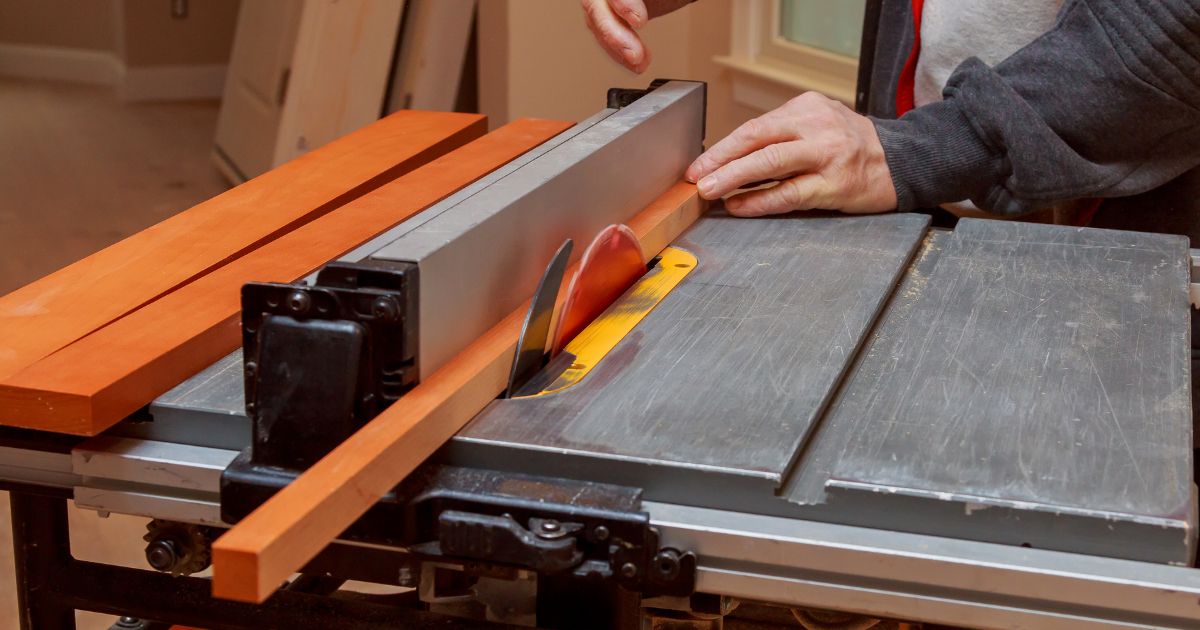Selecting a tablesaw, a frequent topic on woodworking forums, involves careful consideration of various factors. The aim here is to narrow down the focus and provide a detailed overview of available types, not to exhaustively cover every brand or model. Criteria for selection are based on minimum requirements for precise cutting and joinery in furniture building.
Get instant access to 16,000 Woodworking Plans
Before choosing a saw, evaluate several key aspects:
- Price Range ($300 to $2000+): Generally, higher-priced saws offer more capability, power, safety, and accuracy, reducing the need for secondary operations. However, quality work is still achievable with less expensive models.
- Blade Tilt (Left or Right): Preference varies among users. Note that left-tilting arbors or left-mounted motors may limit sliding table options. Right tilting saws resemble left tilting when the right side of the rip fence is used, covering most standard rips.
- Voltage (110v or 220v): Your available voltage limits motor power, with 220v needed for motors above 2hp.
- Power Range (~1hp to 5hp): More powerful motors (above 2hp) handle tasks more efficiently but require 220v. Lower power may result in reduced feed rates and potential electrical issues.
- Overall Size: Contractor saws have the largest footprint. Universal motor saws are smaller than cabinet saws, and Hybrid saws match cabinet saw size.
- Local Availability: Seeing the machine in person or having local service can be crucial for some buyers.
- Rip Fence: This critical feature affects performance, accuracy, and usability. Personal preference and cost should be factored into the choice of OEM or aftermarket fences.
Categories of Tablesaws:
- Basic Saws: Inexpensive, suited for infrequent use, and limited in capability, resembling upside-down circular saws. Not recommended for detailed woodworking.
- Job-site Saws: Powered by universal motors, these are rugged and portable, suitable for job-site work but not as the core of a woodworking shop. They have smaller tables and limited rip capacity.
- Compact and Bench Saws: Similar to job-site saws but with better fences, controls, and slightly larger tables. Suitable for occasional use in small spaces, these saws are a step towards more serious woodworking but still have limitations in power and durability.
- Contractor Saws: Developed for the building trades, these saws offer enough power and accuracy for furniture building. They come in basic and high-end variants, with the latter featuring improved fences and accessories. Upgrades are common but won’t transform these into cabinet saws.
- Hybrid Saws: A mix of contractor and cabinet saws, offering better trunions, controls, and dust collection at a price point close to low-end cabinet saws. Ideal for those seeking higher-end contractor saw features.
- Cabinet Saws: The top choice for many, these saws feature enclosed stands, heavy trunions, and powerful motors. They are stable, accurate, and suitable for heavy-duty work but vary in dust collection efficiency and additional features.
- European Saws: Known for their robust build, excellent dust collection, and safety features like scoring blades and advanced blade guards. They offer high-quality sliding tables and are priced comparably to high-end cabinet saws.
In summary, choose the best saw within your budget, considering factors like power, size, fence quality, and intended use. Remember, more expensive models generally offer better performance and accuracy, but good work can still be accomplished with budget-friendly options.

